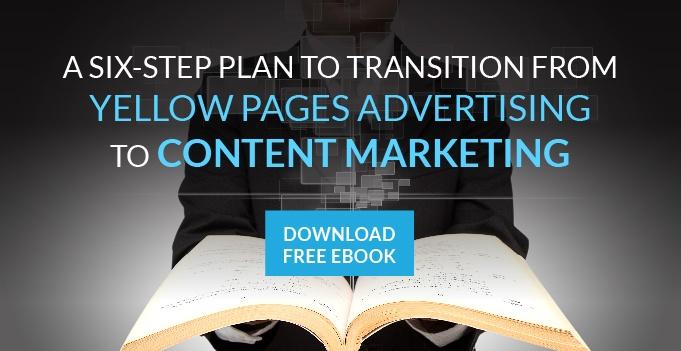 One of the principal tenets of content marketing is the idea of “attraction.” No, we’re not talking about how good-looking you are; we’re talking about attracting customers to your website. You attract them through the use of appealing content.
One of the principal tenets of content marketing is the idea of “attraction.” No, we’re not talking about how good-looking you are; we’re talking about attracting customers to your website. You attract them through the use of appealing content.
You might think that quality content is static and doesn’t change based on the business or type of business, but that isn’t the case. What appeals to one segment of the population may not appeal to another. So if you’re in B2B marketing, there are a few things you should keep in mind when developing a B2B content marketing strategy.
Know your audience
When you’re marketing in the B2B arena, you need to target the right people, not just anyone who works for a business. Within any business, there are usually only a handful of people (or sometimes just one) that has the power to make a purchasing decision – hence why we call them “decision makers.”
Your content should be tailored to speak to that decision maker, because they are the ones who can actually sign on the dotted line and become customers. These are usually busy individuals, so lengthy content (such as eBooks) may not be the best bet. It’s better to provide succinct, but informative, content the decision maker can digest quickly, such as an infographic or white paper.
Be sure to follow-up persistently
No matter what type of content marketing you do (B2C or B2B), following up is critical. You should have workflows established so that follow-up emails are regularly sent to leads, based on the length of the relationship and how long it’s been since they were last contacted. But with B2B, it’s OK to be a little more persistent than with a B2C customer.
In B2C, follow-up emails are used to gently remind the lead of your business, while always being careful not to be pushy; consumers are picky and will get turned off if you press too hard. But remember that decision makers, as we discussed, are pretty busy – your business could get lost in the shuffle of their day-to-day duties. Therefore, more persistent follow-ups aren’t viewed as annoying; they’re treated more as friendly reminders. Does that mean you should send an email every day? Of course not. But you can be a little more persistent to make sure you stay fresh in your lead’s mind.
Don’t forget to be social
Social media has long been seen as the realm of B2C marketing, but it’s becoming more prevalent in B2B marketing. After all, don’t you think decision makers have Facebook or Twitter accounts? Don’t assume you can ignore social media just because you’re in B2B marketing.
The most valuable social media resource for B2B marketers is LinkedIn. The site is very popular with business professionals, and a survey found that executives use it more often than any other social media site.
To read more, take a look at our free eBook:


Comments